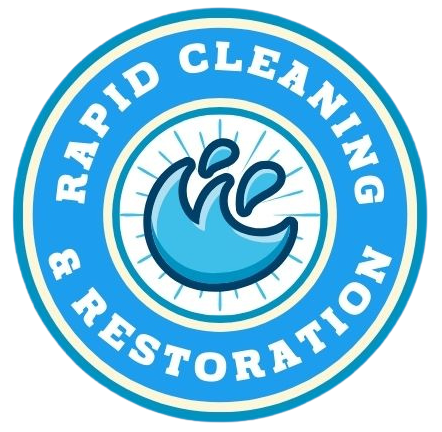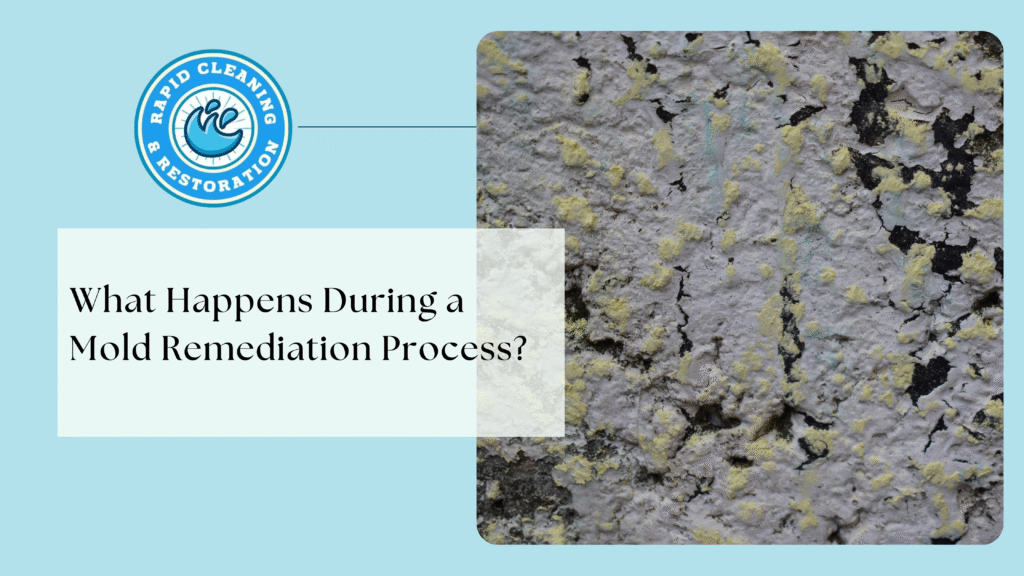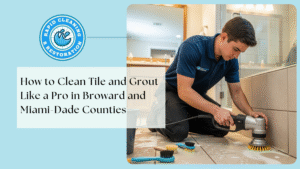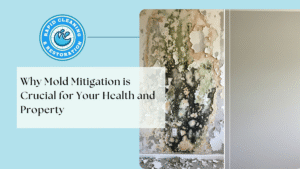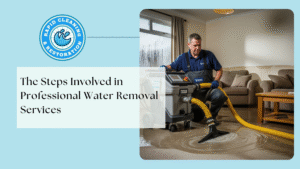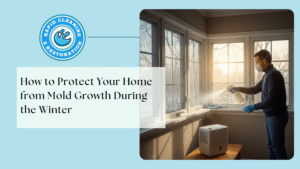Mold is more than just an unsightly issue; it’s a serious problem that can pose health risks and compromise your home’s structural integrity. Whether triggered by water damage, humidity, or hidden leaks, mold must be handled properly to avoid recurrence. That’s where mold remediation comes in, a detailed, professional process designed to eliminate mold safely and thoroughly.
If you’ve never been through a mold remediation process, this guide will walk you through exactly what to expect at each stage and why each step is crucial for ensuring a healthy indoor environment.
What Is Mold Remediation?
Mold remediation is the process of identifying, containing, removing, and preventing mold growth in indoor environments. It goes beyond basic cleaning, focusing on addressing the source of moisture and restoring air quality while protecting your property and health.
Step-by-Step: The Mold Remediation Process
1. Initial Mold Inspection and Assessment
A certified mold remediation specialist begins with a detailed inspection using tools like:
- Moisture meters
- Thermal imaging cameras
- Air sampling tests
They determine:
- The extent of mold contamination
- The type of mold (black mold, mildew, etc.)
- The source of moisture causing the mold
This step forms the basis of the remediation plan.
2. Containment of Affected Area
Once the mold is identified, the contaminated areas are sealed off to prevent spores from spreading to unaffected parts of the home. Professionals use:
- Plastic sheeting
- Negative air pressure machines
- HEPA-filtered air scrubbers
This containment ensures the problem doesn’t get worse during removal.
3. Air Filtration
Specialized HEPA filters are used to clean the air by capturing airborne mold spores. These air scrubbers run continuously during the remediation process to:
- Improve indoor air quality
- Prevent spore circulation
- Minimize health risks
This step is especially important for households with children, seniors, or people with respiratory issues.
4. Mold Removal and Disposal
Remediation experts now remove mold-infested materials like:
- Drywall
- Carpet
- Insulation
- Wood
Non-porous surfaces (like tile or metal) are cleaned with eco-friendly antimicrobial solutions. Porous materials that can’t be saved are securely bagged and disposed of according to environmental safety standards.
5. Cleaning and Sanitizing
All salvageable materials and surfaces are thoroughly cleaned and sanitized using:
- Mold-specific disinfectants
- HEPA vacuuming
- Fogging techniques for large areas
Professionals also deodorize the area to eliminate musty smells and restore freshness.
6. Addressing the Moisture Source
No mold remediation is complete without fixing the underlying moisture issue. This might involve:
- Repairing leaking pipes or roofs
- Improving ventilation in humid areas like bathrooms or basements
- Installing dehumidifiers or sump pumps
If moisture persists, mold will likely return, even after a successful cleanup.
7. Final Inspection and Air Testing
After cleanup, a post-remediation inspection is conducted to confirm that the mold is gone. Professionals may perform:
- Visual inspections
- Moisture level testing
- Air sampling to check spore counts
If everything checks out, the area is deemed safe and mold-free.
8. Restoration and Repairs
The final step is restoring the area to its original state. This may include:
- Replacing drywall, flooring, or insulation
- Repainting walls
- Installing new tiles or carpeting
Some remediation companies offer full restoration services, while others coordinate with contractors to complete the job.
Why Professional Mold Remediation Is Important
DIY mold removal can be risky and often doesn’t eliminate the problem. Professionals:
- Follow industry standards (like those from the IICRC or EPA)
- Use specialized equipment and safety gear
- Prevent mold from spreading or returning
- Ensure safe disposal of contaminated materials
This gives you peace of mind and a healthier living environment.
Signs You May Need Mold Remediation
- Musty odors in certain rooms
- Visible mold growth (black, green, or white patches)
- Recent water damage or flooding
- Allergic reactions at home (sneezing, coughing, eye irritation)
- Warping or discoloration of walls and ceilings
If you notice any of these, it’s time to call in the pros.
Final Thoughts
The mold remediation process is a detailed but essential service to protect your home and health. From identifying mold to eliminating it at the source and restoring your space, every step matters. Don’t wait until a minor mold issue becomes a major problem; professional remediation ensures long-term cleanliness, safety, and peace of mind.
Contact us today!
